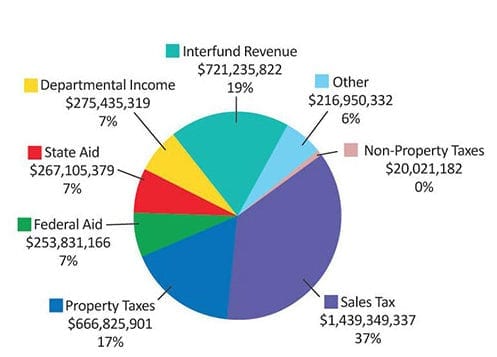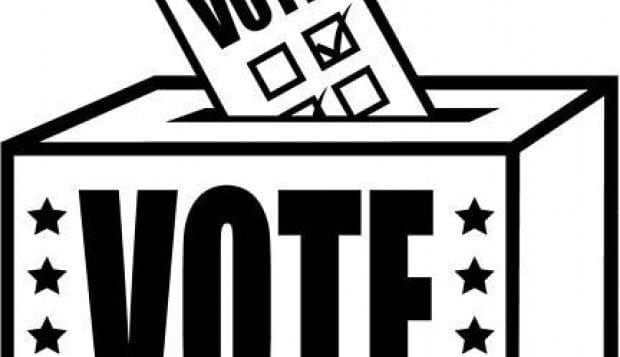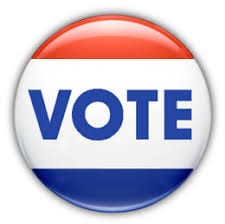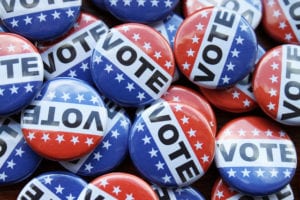By Peggy Olness
Note: This article builds on the information contained in the TBR newspapers on March 2. www.tbrnewsmedia.com/making-democracy-work-suffolk-county-government-revenue/.
The $3.06 billion 2018 Suffolk County Adopted Operating Budget is an action plan to fund the county to provide services for its 1.5 million residents and to detail how revenue will be spent by the various departments and agencies during the fiscal year.
The County Executive’s Recommended Operating Budget is submitted to the Suffolk County Legislature whose Budget Review Office (BRO) reviews the budget to ensure that the projections for revenues and expenses are reasonable.MIt is the BRO’s job to look for possible problems and help develop a budget that the Legislature can adopt. Given the possibility of unforeseen events, the county government (the executive and Legislature) has over the years built up reserve funds to handle unexpected events that impact revenues such as the Great Recession of 2008-09 or impact expenses such as major hurricanes or nor’easters. Unfortunately, these funds do not completely cover major disruptions.
The last decade has taken its toll on the county’s economy. Since the Great Recession, the county sales tax revenue has not recovered enough to cover its previous percentage share of the county’s operating expenses, and current sales tax projections do not indicate a sufficient increase in future years to reach that percentage share of the county’s revenue total.
The annual property tax increase is restricted to a 2 percent maximum for some of the factors used in the complex calculation of the total property tax. However, the actual calculation brings the total property tax to slightly more than 3 percent above the previous year countywide.
During this last decade, county government has made a number of changes to cut costs. The county now contributes reduced funding to the nine health centers through community benefit grants, most of which will expire within two or three years, and the county nursing home has been closed and the building sold for less than expected.
The county executive’s recommended budgets for the 2017 and 2018 fiscal years eliminated the Public Health Nursing Program (budget cost less than $1 million). This would negatively impact prenatal and postpartum care services as well as Child Protective Services to Suffolk County residents in need. There are no other certified home health agencies in Suffolk County qualified to provide such services to high-risk mothers and children.
The Health Education and Tobacco Control Program (budget cost about $50,000) was also recommended for elimination. That would impact the tobacco cessation and education courses, sexually transmitted disease prevention programs, anti-bullying programs, diabetes prevention programs and reduces the support for 3,000 teachers trained in the HealthSmart curriculum.
There is concern that while cutting further programs saves money, the negative impact on a large number of residents’ health and welfare is not worth the savings. Both the Public Health Nursing program and the Health Education and Tobacco Control Program have been put back into the budget by the Legislature each year. Removing these programs would also lose approximately $400,000 in New York State Public Health Aid to Municipalities.
In the past decade our county government has used short-term borrowing to close the budget gap, expecting that the sales tax and property tax would rebound with enough surplus to cover the loans. This has not happened; since 2014, the county has borrowed $166.3 million and in 2018 the county must begin paying back this loan.
The search for additional revenue has led the county to impose other forms of “taxation” in the form of fees and charges; the county has increased the motor vehicle surcharge, and the tax map certification fee, and in 2017 a new mortgage administrative tax was added.
Suffolk County is facing a serious financial problem. Make your voice heard by doing research and educating yourself further, talking to your Suffolk County elected officials, and thinking deeply about the balance between community needs and community willingness to pay.
Peggy Olness is a board member of the League of Women Voters of Suffolk County, a nonprofit, nonpartisan organization that encourages the informed and active participation of citizens in government and influences public policy through education and advocacy. For more information, visit www.lwv-suffolkcounty.org, email [email protected] or call 631-862-6860.






 Lisa Scott is the president of the League of Women Voters of Suffolk County, a nonprofit, nonpartisan organization that encourages the informed and active participation of citizens in government and influences public policy through education and advocacy. For more information, visit www.lwv-suffolkcounty.org, email
Lisa Scott is the president of the League of Women Voters of Suffolk County, a nonprofit, nonpartisan organization that encourages the informed and active participation of citizens in government and influences public policy through education and advocacy. For more information, visit www.lwv-suffolkcounty.org, email 





